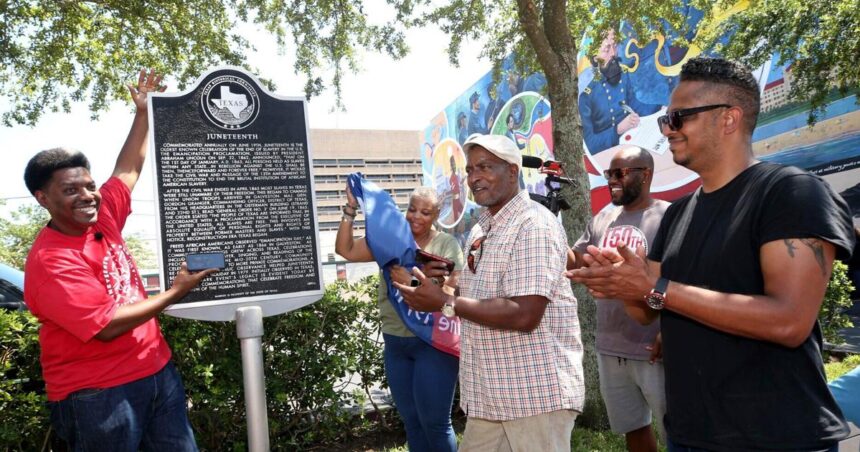Even though the Emancipation Proclamation was officially put into effect at the beginning of 1863 , the process of implementing it was not quick or without challenges.
The liberation of enslaved individuals in the Confederate states was a lengthy process that often required the intervention of Union soldiers. Texas, the most isolated Confederate state, remained a bastion of slavery even after the Civil War had ended. Many slave owners had moved to Texas during the war, and by 1865, there were around 250,000 enslaved individuals in the state.
On June 19, 1865, Union troops arrived in Galveston, Texas, and posted notices from Maj. General Gordon Granger declaring: “The people of Texas are informed that, in accordance with a proclamation from the Executive of the United States, all slaves are free. This entails an absolute equality of personal rights and rights of property between former masters and slaves, and the previous relationship between them now becomes that of employer and hired labor. The freed individuals are advised to stay peacefully in their current homes and work for wages.”
This significant date, now recognized as Juneteenth, signifies the official end of slavery in the United States. However, even after its abolition in the Confederacy, two Union border states—Delaware and Kentucky—did not emancipate enslaved individuals until December of the same year. Juneteenth celebrations commenced on the first anniversary of Granger’s proclamation and continue to be observed nationwide to this day.





